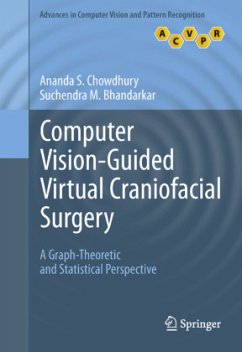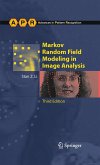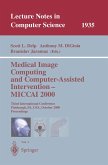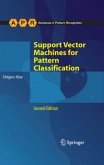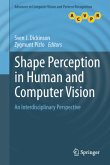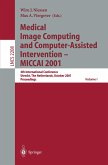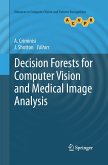This unique text/reference discusses in depth the two integral components of reconstructive surgery; fracture detection, and reconstruction from broken bone fragments. In addition to supporting its application-oriented viewpoint with detailed coverage of theoretical issues, the work incorporates useful algorithms and relevant concepts from both graph theory and statistics. Topics and features: presents practical solutions for virtual craniofacial reconstruction and computer-aided fracture detection; discusses issues of image registration, object reconstruction, combinatorial pattern matching, and detection of salient points and regions in an image; investigates the concepts of maximum-weight graph matching, maximum-cardinality minimum-weight matching for a bipartite graph, determination of minimum cut in a flow network, and construction of automorphs of a cycle graph; examines the techniques of Markov random fields, hierarchical Bayesian restoration, Gibbs sampling, and Bayesian inference.
From the reviews:
"The goal of the research is to apply image processing techniques for the construction of a virtual human jaw. ... The monograph presents the underlying computational mathematics and algorithms and the results of the corresponding experiments. ... Readers with a normal understanding of the human anatomy can understand the book. ... It can be used as a textbook in graduate or higher-level image processing courses." (Maulik A. Dave, ACM Computing Reviews, April, 2012)
"The goal of the research is to apply image processing techniques for the construction of a virtual human jaw. ... The monograph presents the underlying computational mathematics and algorithms and the results of the corresponding experiments. ... Readers with a normal understanding of the human anatomy can understand the book. ... It can be used as a textbook in graduate or higher-level image processing courses." (Maulik A. Dave, ACM Computing Reviews, April, 2012)

